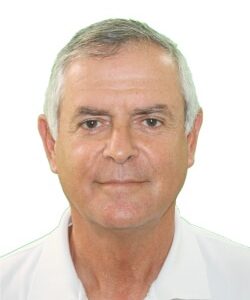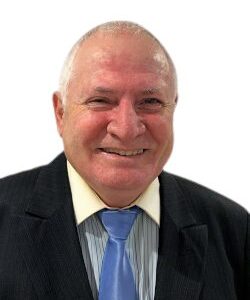RF/Microwave Balanced Amplifiers and Their Applications

A balanced amplifier is the proper term for a pair of devices operated in quadrature phase and combined to amplify a signal. Quadrature simply means that signals incident upon the devices are 90⁰ out-of-phase with one another. The term “quadrature-combined pair” (often shortened to simply “quad-combined pair”) is perhaps just as common as “balanced amplifier,” and both are as identical as “PTFE” is to “Teflon®.”
This article explains the use of quadrature hybrid splitters and combiners (also often called hybrid couplers) in balanced amplifier configurations and the advantages of combining two amplifier devices in this fashion. Two of the most common applications for the balanced amplifier (quad-combined pair) are described by way of example.
Every Block Covered: Cascaded P1dB and IP3 in a 26 GHz 5G Front-End
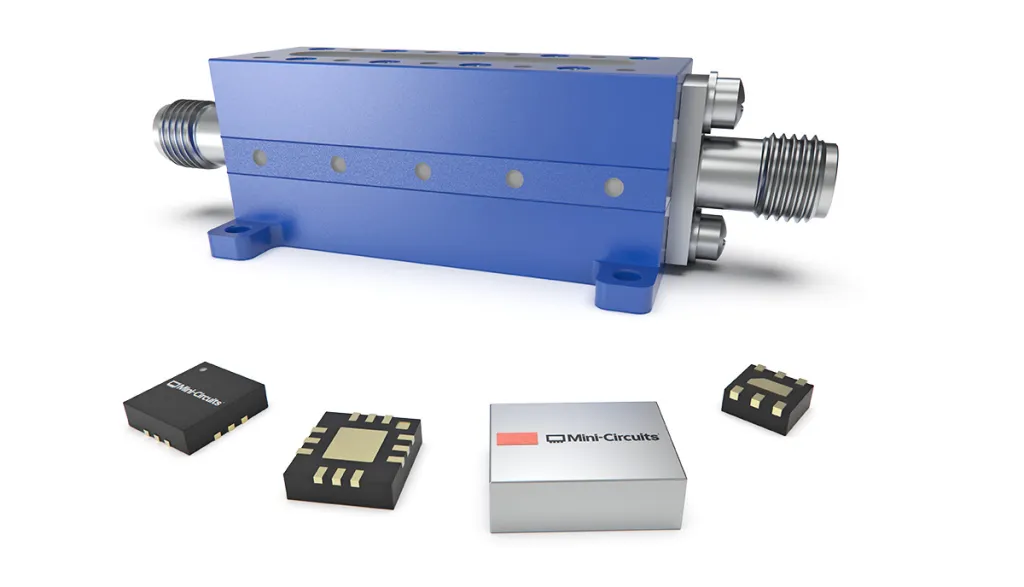
The goal of this article was to provide students and designers alike with a deeper understanding of the equations behind the cascading of P1dB and IP3 as the system expands to include multiple nonlinear components such as those utilized in the RF, frequency conversion and IF sections of a receiver chain. A 5G RF front end was presented for the 24.25 – 25.1 GHz portion of the 5G n258 frequency band comprised of all SMT parts. Calculated data for linearity parameters was presented for individual components in the signal chain as well as cascaded at each stage. The equations used to calculate those results were provided, and an examples were given showing how to calculate cascaded linearity parameters OP1dB and OIP3 from one stage to the next.
I&Q Mixers, Image Reject Down-Conversion & Single Sideband (SSB) Up-Conversion

In superheterodyne receivers and transmitters, frequency mixers perform the vital function of frequency translation. In down-converters, the incoming radio frequency (RF) signal is down-converted to an intermediate frequency (IF) to facilitate signal processing. Mixers are generally wideband devices, which convert unwanted image frequencies along with desired content to the same IF frequency, which is undesirable. Frequency mixers are often combined with quadrature hybrids to create image reject mixers (IRM), which we will explain herein.
Understanding Suspended Substrate Stripline Filters
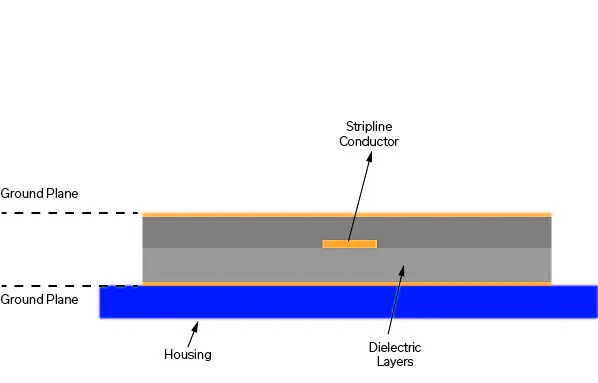
To manage signal purity in communications and test systems, no component is more important than RF filters. To meet the needs of these advanced systems, Mini-Circuits’ suspended substrate stripline filter products offer state-of-the-art performance featuring unique passband, stopband characteristics and outstanding reliability in harsh operating environments. The range of available filter types supports the needs of military, aerospace and commercial systems, including instrument systems, ultra-broadband receivers, laboratory testing, 5G and many other wideband communications systems.
Every Block Covered: Noise and Signal-to-Noise Ratio (SNR) in a 26 GHz 5G Front-End

The 24.25 to 27.5 GHz frequency range is also known as the “wider 26 GHz band” or 5G band n258. The Australian Communications and Media Authority (ACMA) “recognized that the wider 26 GHz millimeter wave (mmWave) band was at the forefront of the delivery of mmWave 5G wireless broadband services globally.”2 Consequently, in April 2021, a major portion of that spectrum was auctioned off to operators, predominantly in the 25.1 to 27.5 GHz frequency range.2 The 24.25 to 24.7 GHz band was identified for indoor use and the 24.7 to 25.1 GHz band for indoor/outdoor use.2 For the purposes of the RF front end in this application note, our focus will be on this lower, 24.25 to 25.1 GHz portion of the Australian 5G frequency range.
Reflectionless Filters Eliminate Spurs & Intermods

Mini-Circuits’ reflectionless filters are the only commercially available filters that absorb and internally terminate stopband signals rather than reflecting them back up the signal chain. Based on a novel, patented filter topology and produced with Mini-Circuits’ industry-leading MMIC design and manufacturing capability, these devices are a revolutionary solution to a number of unwanted effects related to embedding conventional filters in system designs. Our customers are finding innovative ways to achieve new levels of performance with these revolutionary products. Learn more below, and be sure to check out our full selection to see what they can do for your design!
Mini-Circuits helps the Quantum Computing Revolution
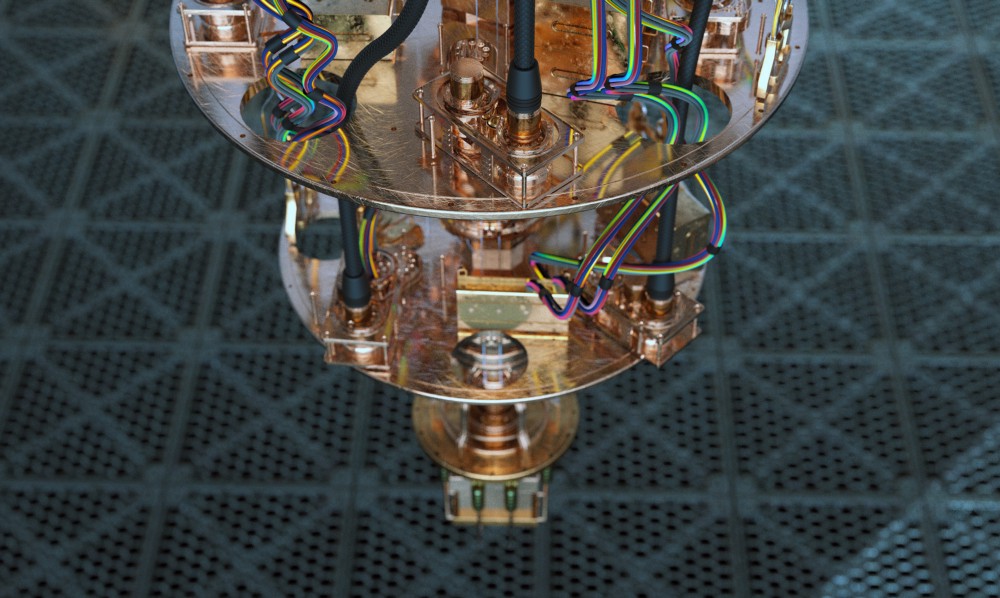
Most applications for Mini-Circuits products fall within traditional markets for RF/microwave components: telecommunications, aerospace and defense, test and measurement instrumentation, CATV, and broadband optical networks. But at the outer frontiers of science and engineering, the newest and most innovative work tends to cross boundaries between disciplines. For example, some of the most advanced research in climatology stems from collaboration between meteorologists and mathematicians. Molecular biologists team up with computer scientists to develop new treatments for chronic diseases. Likewise, the race to build the world’s first useful quantum computer has drawn on applied knowledge from physics, computer science, and RF/microwave engineering. This revolutionary technology is among the more exotic applications of Mini-Circuits products and also one of the most advanced on the continuum of scientific progress.
Linearity – Cascaded P1dB and IP3 for a Simple Microwave Front-End
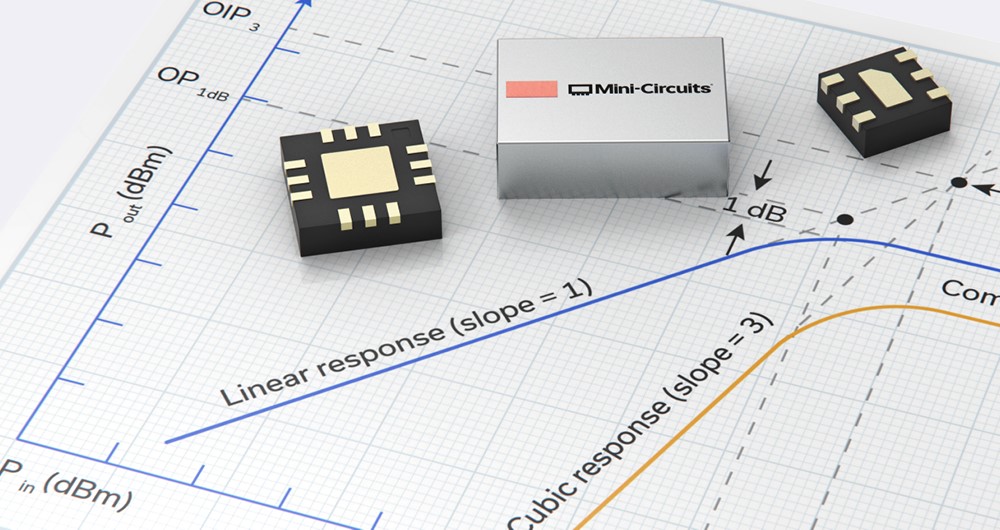
When examining a device data sheet, linearity parameters P1dB and IP3 are straightforward and relatively easy to apply during the design process. Once several components are connected in series in a design, complex equations governing cascaded P1dB and IP3 must be utilized to determine the overall linearity performance of the system or subsystem. The equations utilized to compute P1dB and IP3 provide a means of achieving accurate results in the absence of expensive simulation software. Even though the effect of VSWR interactions between stages is not included when performing the calculations, the results are a good first order approximation of the cascaded performance of the system. The purpose of this application note is to review P1dB and IP3 in general, and to compute these parameters for a basic, three-component RF front end. Other application notes in this series will delve further into the cascading of P1dB and IP3 as the system includes additional nonlinear components such as those utilized in frequency conversion and the accompanying IF components.
MMIC Technologies: Integrated Passive Devices (IPD)
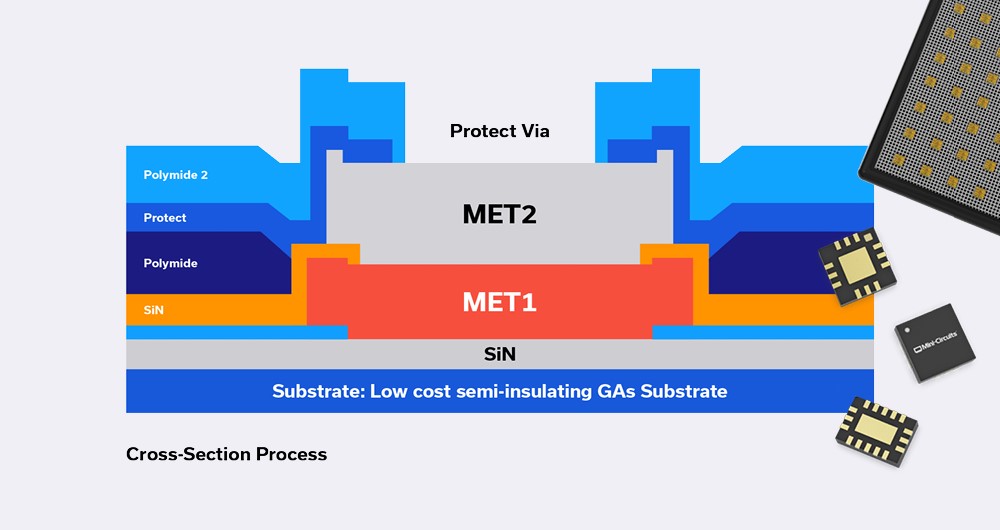
Monolithic Microwave Integrated Circuits (MMICs) with no active elements such as transistors, and containing only passive elements such as resistors, capacitors, inductors, are referred to as Integrated Passive Devices (IPD). These devices do not need DC power to operate, and do not perform frequency conversion as in the case of frequency mixers or frequency multipliers.
What’s the big deal about IPDs? The short answer is they perform vital functions which active elements cannot such as filtering, equalization, balanced-to-unbalanced line conversion (or vice versa) and many more as we will describe later.
Every Block Covered: Noise and Signal-to-Noise Ratio (SNR) in a Simple Microwave Front-End
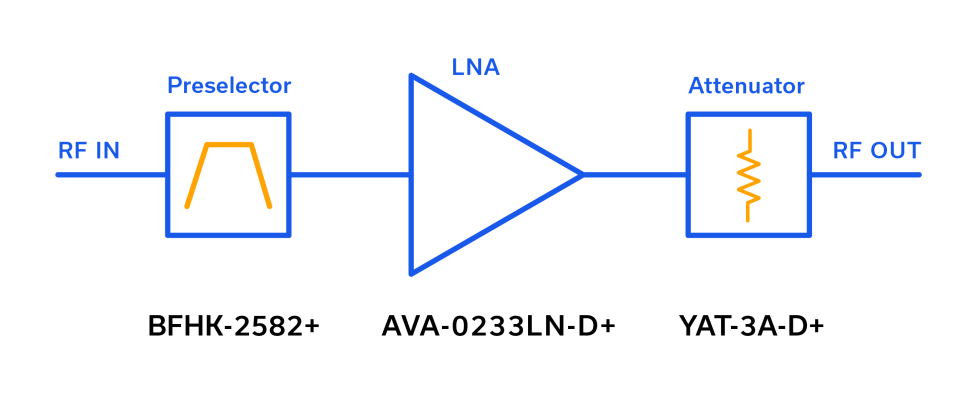
When a technical discussion turns to noise, especially with several cascaded components involved, the calculations and terminology should be straightforward, but often they become more cumbersome than necessary. Signal-to-noise ratio (SNR) is another parameter that should be routinely calculated by the designer but that still creates uncertainty. The purpose of this short applications note is to square-up noise, noise floor, bandwidth and signal-to-noise ratio (SNR) in general, and to compute these parameters for a basic, three-component RF front end. Other application notes in this series dive deeper into the cascading of noise figure (NF), P1dB and IP3.



